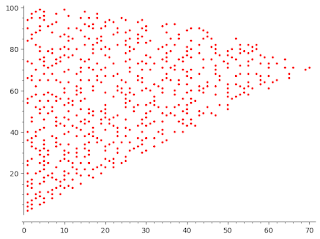Introduction to SageMath
SageMathCell Suppose you want to expand the following equation $$(x+ \sin x + e^x)^{10} $$ You can use the trinomial theorem and spend lot of time in calculating the coefficients. If you feel that calculating these coefficients is time consuming and the same time can be used for some other purpose, voila! you have an alternative. SageMath is an open source mathematics software which is free to use and quite intuitive. To use SageMath you need not know any programming but if you know it is great. SageMath can be used as an advanced calculator where you can even manipulate algebraic expressions, calculate indefintite integrals, sum of an infinte series and many more. Look at the exxpansion of the above equation. Press the evaluate button <\div>
